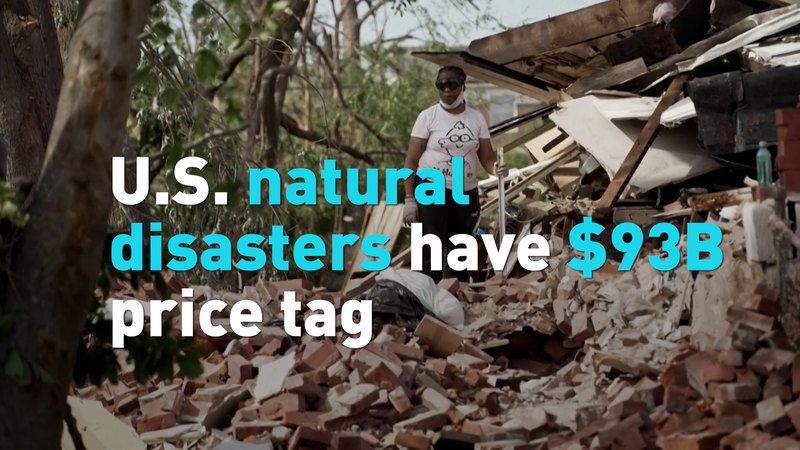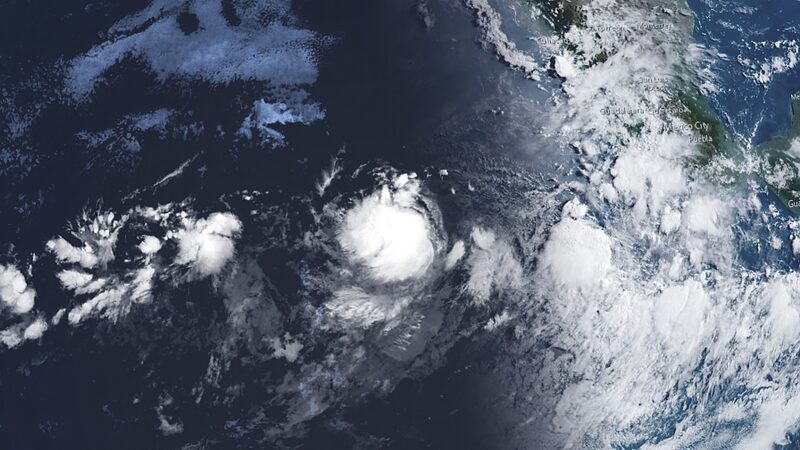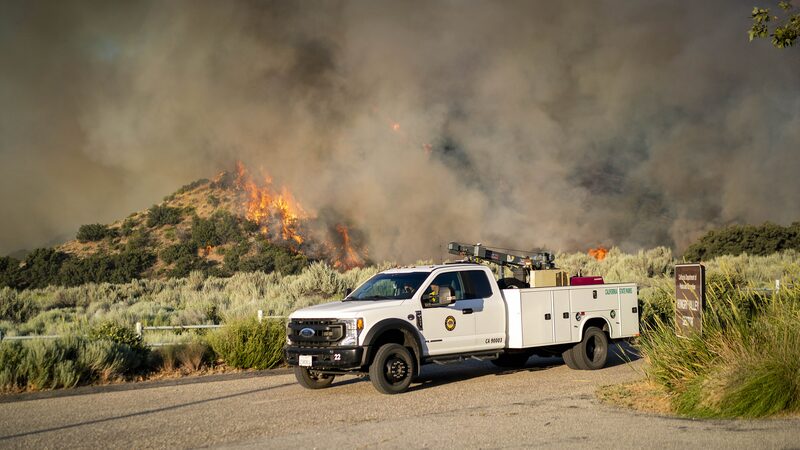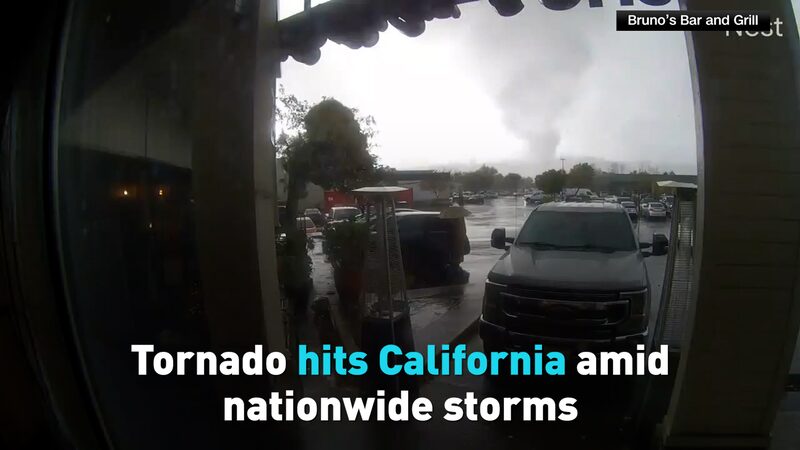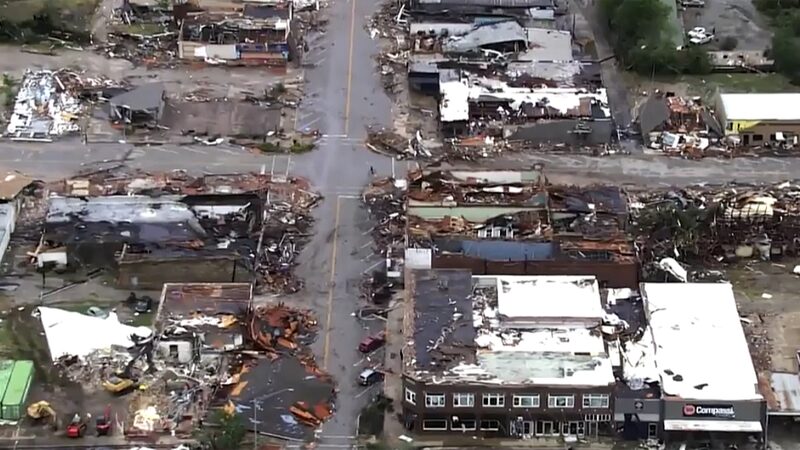With $93 billion in weather-related damages recorded by mid-2025, the United States is on track to face its costliest disaster year in modern history. Catastrophic wildfires, tornado outbreaks, and an impending hurricane season are testing emergency response systems and reshaping risk calculations for businesses and communities nationwide.
California’s record-breaking wildfires have consumed over 2 million acres this year, while Missouri’s 'twister alley' saw 48 tornadoes in a single week – events scientists link to warmer ocean temperatures and shifting atmospheric patterns. Analysts warn these figures could skyrocket as peak hurricane season approaches, with warmer-than-average Atlantic waters creating ideal conditions for intense storms.
Three key factors drive the escalating costs:
- Climate patterns: Persistent La Niña conditions are amplifying extreme weather events
- Urban expansion: 62% of new U.S. housing developments since 2020 are in high-risk zones
- Supply chain vulnerabilities: Reconstruction material costs have risen 34% year-over-year
Insurance companies have paid out $47 billion in claims so far, prompting major providers to revise coverage policies. 'What used to be 100-year events are now decadal occurrences,' said Risk Management Associates’ chief climatologist Dr. Elena Marquez. 'Every $1 spent on resilient infrastructure saves $6 in future reconstruction.'
For investors, the disaster surge highlights opportunities in climate tech and sustainable infrastructure, with the global weather analytics market projected to reach $4.8 billion by 2026. Meanwhile, Asian manufacturers of solar-powered emergency systems report 89% order growth from U.S. partners this quarter.
As evacuation routes become permanent fixtures in family emergency plans, 2025’s disaster costs serve as a stark reminder of climate change’s accelerating economic impacts.
Reference(s):
cgtn.com
